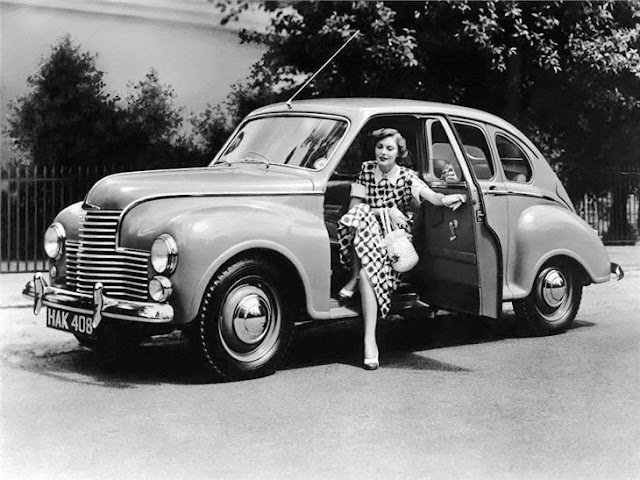Automobile museums are all different, yet in many ways similar -- especially the Important Museums. By that I mean car museums with large collections here in America seem obliged at have at least one Duesenberg, one Cord, a Ford Model T, an early 1900s antique of some description, a Packard from any era plus at least one car from the 1930s with either a V-12 or V-16 motor.
So it was with surprise and pleasure that I recently visited the Tampa Bay Automobile Museum, a gem filled with cars seldom seen here in the United States. Moreover, the collection is built around a theme, whereas most car museums strike me as being filled with whatever nice-to-have vehicles that pop up on the market, creating a sort of random effect. But the Tampa Bay museum's collection core is built around two poles. One is cars with engines in the rear, the other is cars with front-wheel drive. And those cars had to be from the era 1920-1950. Because most cars with those characteristics were built in Europe in those days, I saw many cars that I've never encountered in person before. (Sadly, I've visited few European Automobile museums; one does have to make travel compromises with one's spouse, after all.)
Let's take a look at some photos from my visit:
Ruxton - 1929
Ruxton was an American front-wheel-drive car that reached the market when the Great Depression hit; only a few hundred were made. The four-tone paint scheme was designed by Joseph Urban who also created a similar scheme based on blue.
Tracta E - 1930
Another low-production fwd car, this by Jean-Albert Gregoire (1898-1992) of France, father of numerous automobile engineering innovations. I confess not to have heard of the brand before.
Aero - 1937
Another brand previously unknown to me. This fwd car was built in Czechoslovakia.
Tatra T87 - c.1942
The Czech Tatra firm built several series of rear-engined cars from the mid 1930 to the late 1970s. The one shown here is to me the archetypical version.
Tatra T97 - 1938
Tatra Tatraplan - late 1940s
Voisin C7 - 1927
The power train layout is the traditional front-motor-rear-drive. I include it because it's a Voisin and its body is constructed of wood and doped fabric of the Weymann type.
Panhard Dynamic - 1938
Some (many?) French cars are rather ugly, and this Panhard is near the top of the list. The drive train is conventional. But note the covered wheels and three-piece wraparound windshield. And if you look closely, you'll find that the steering wheel is mounted at the middle of the dashboard -- neither right nor left. In the 1930s, luxury French cars had right-hand steering while mass-market cars mounted the steering wheel on the left. Traffic in France followed the German and American pattern, so expensive French cars were better suited for driving in Britain or Czechoslovakia. Apparently Panhard wanted to split the difference.





































.jpg)










